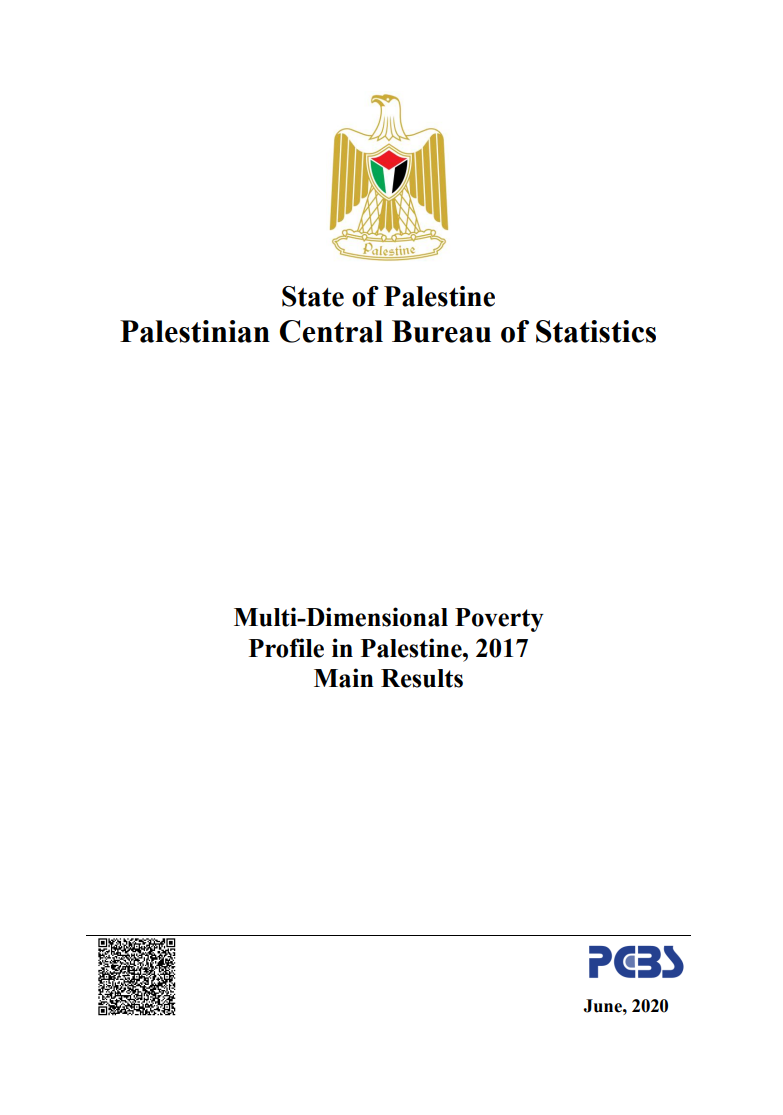Multi-Dimensional Poverty Profile in Palestine, 2017
This report presents the findings of the national Multidimensional Poverty Index (MPI) for the State of Palestine. The Palestinian MPI was developed by the Palestinian Central Bureau of Statistics (PCBS), and the United Nations Economic and Social Commission for Western Asia (ESCWA) with technical support from the National Team for Poverty Combating and the Oxford Poverty and Human Development Initiative (OPHI).
This report is the first that addresses multidimensional poverty in the State of Palestine, and responds to a decree issued by the Palestinian Council of Ministers to evaluate multidimensional poverty within the preparation framework for achieving the Sustainable Development Goals (SDGs) and the Palestinian National Policy Agenda (NPA).
The Palestinian MPI consists of seven dimensions tailored to the particular context of Palestine. Six of these dimensions comprise the social well-being component and cover 21 indicators in education, health, employment, housing conditions and access to services, safety and use of assets, and personal freedom. A seventh dimension—monetary poverty—captures economic well-being using the national poverty line. The Palestinian MPI uses 2016/17 PECS survey data with substantial revisions on the household part of the instrument.
Key findings based on 2016/2017 data include:
- The overall incidence of multidimensional poverty was 24%, which is slightly lower than the monetary poverty line (29%).
- In terms of incidence, multidimensional poverty in the Gaza Strip is four times (45%) as prevalent as in the West Bank (11%).
- The intensity of multidimensional poverty in Palestine is 42.4%. People in poverty face on average 42.4% of the weighted sum of indicators. The disparity in incidence between the Gaza Strip and the West Bank is not reflected in the intensity of poverty which is 43.3% in the Gaza Strip and 40.0% in the West Bank.
- Overall, the MPI is 0.102. This sets a baseline for future comparisons.
- Poverty is more severe in refugee camps than in urban and rural areas. The incidence of poverty is 39% in refugee camps, whereas it is 14% in rural areas and 24% in urban areas.



